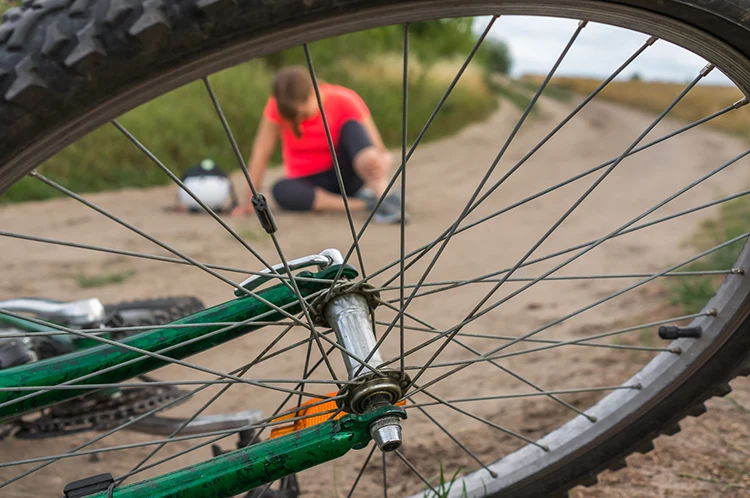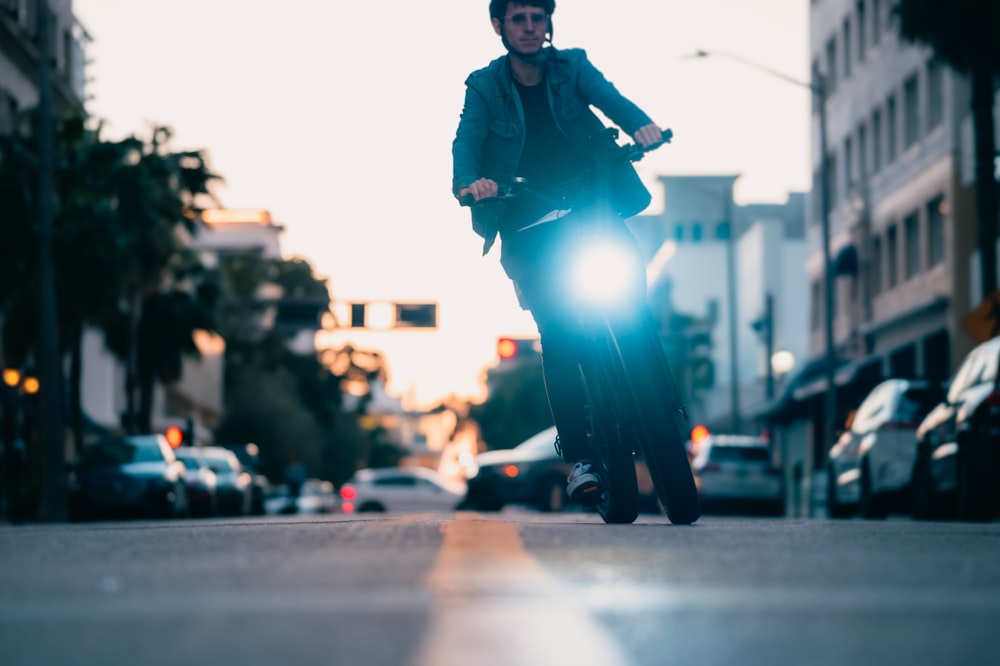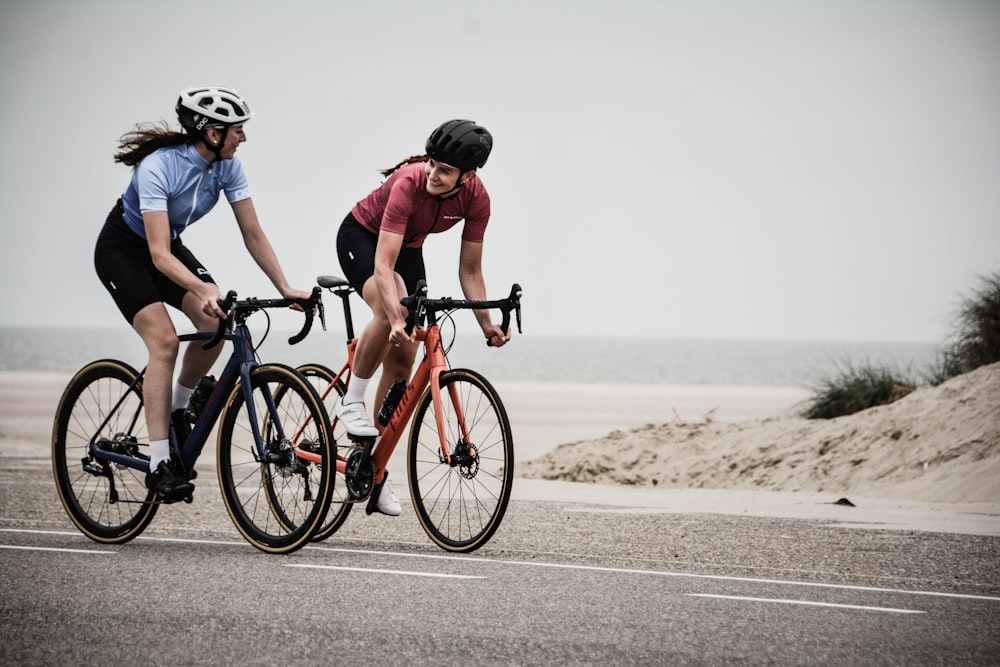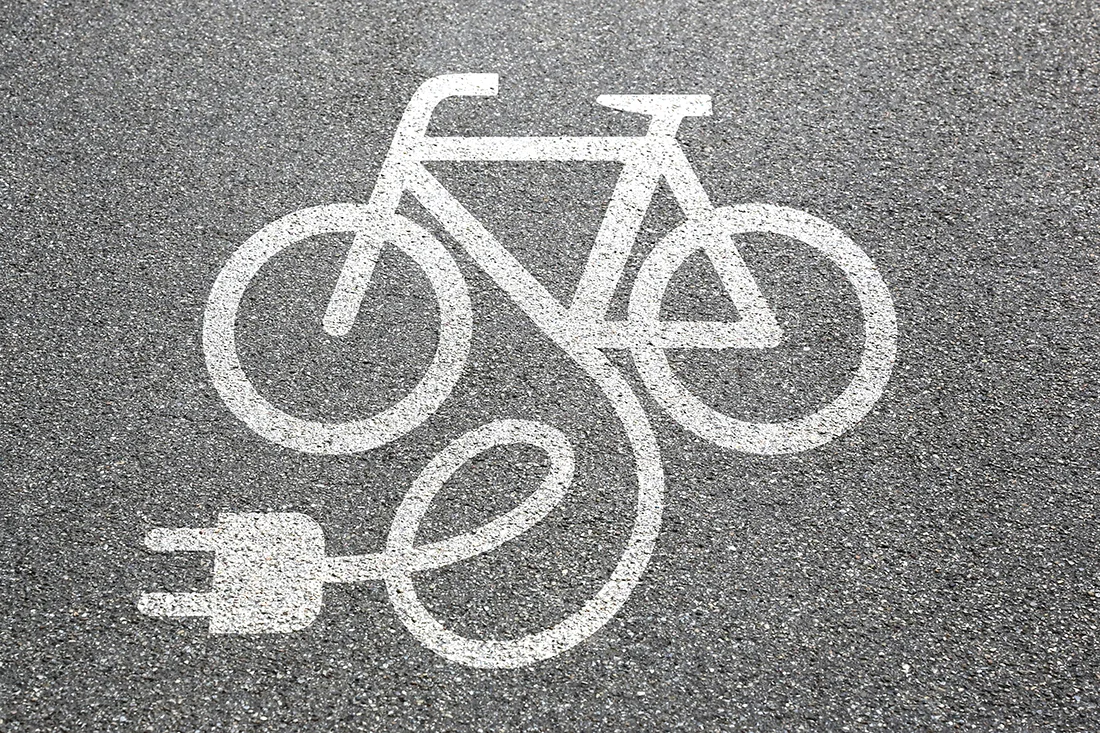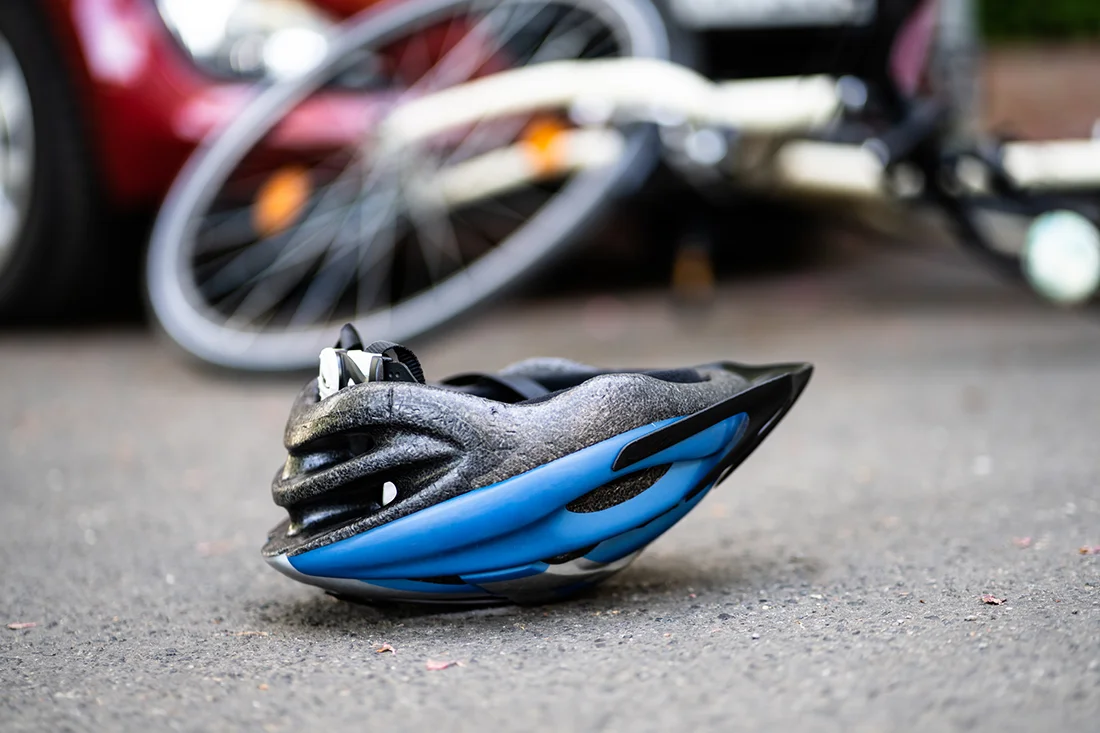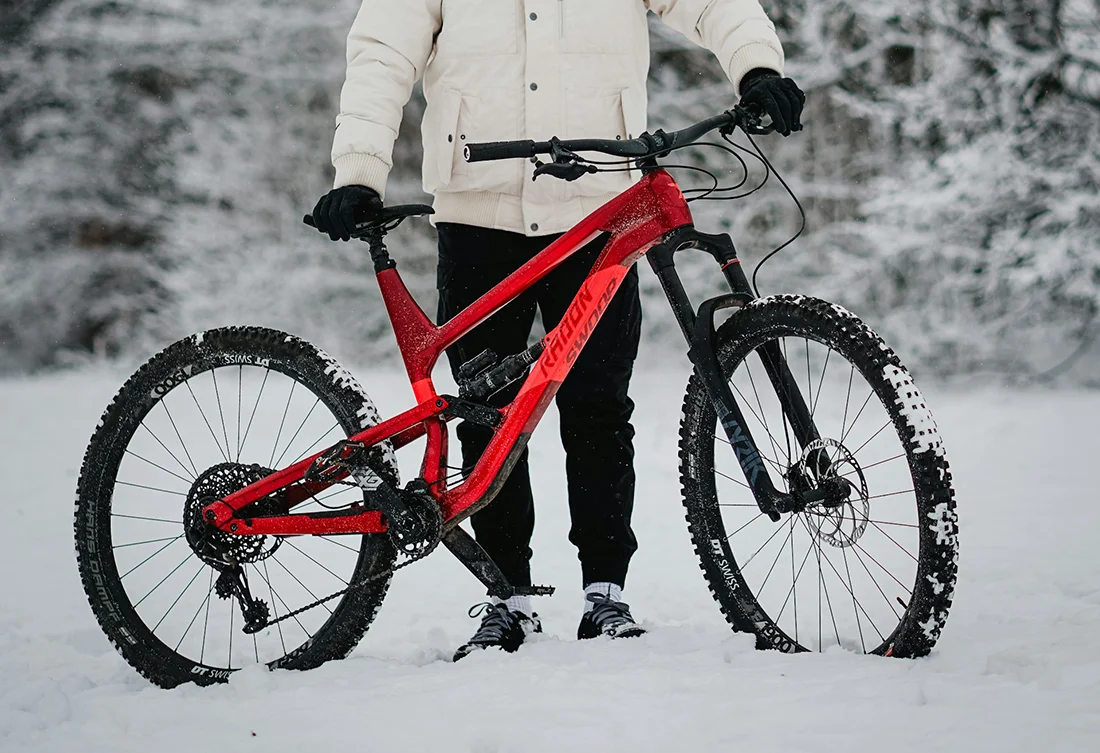Bicycle safety can be overlooked but it shouldn’t be. A few basic steps can reduce your chance of injury by up to 70%. Sounds appealing, right?
So we’ll be looking at how to do this. Whether that’s through safety gear or increasing visibility. Even riding better on the road can make a difference!
We’ve even thrown in some handy quick tips if you haven’t got time to read everything!
Contents
Bicycle Safety
An accident between a motor vehicle and a bicycle usually means the cyclist comes off worse. That’s sadly just a fact.
Having said that, some cyclists are taking unnecessary risks when it comes to bicycle safety rules, by simply ignoring the rules!
Safety gear can play a big part in your safety on the road and doesn’t require a big investment. Equally, if you can be seen, you’re less likely to get hit.
It all sounds pretty basic, doesn’t it? Yet it somehow still eludes too many people.
The best way to stay safe on the bike is to know when bike crashes are most common and to be particularly careful in those situations.
Ride defensively, take precautions, and put safety first!
Related: Can You Get A DUI On A Bike?
Bicycle Safety Facts
- Most bicycle deaths occur between 6 pm and 9 pm. Source
- Urban areas saw the greatest number of bike deaths (79%) compared to rural areas (21%) in 2020. Source
- Male riders are 6 times more likely to die when riding a bike and their injury rates are up to 5 times higher than women’s. However, this could be due to the fact that there are lots more male riders out there. Source
- Drinking while riding is a problem. One in four fatal bike crashes had involved a cyclist who had been consuming alcohol. Source
- In the United States only, nearly 1,000 cyclists die and over 130,000 are injured in cycling accidents every year. Source
- Bike crashes caused by the cyclists riding against the traffic are quite high. Source
- Riding on the sidewalk is more likely to cause injury. This is due to the fact that there are pedestrians or stationary objects on the sidewalk. Plus, riding on the sidewalk increases the potential for more common intersection collisions. Source
- In 2019 the average age of a bicyclist killed on US roads was 48. Source
- When it comes to cycling-related deaths in New York, 97% were not wearing a helmet. Helmets provide a 66 to 88% reduction in the risk of head, brain and severe brain injury. Source
- In New York, 94% of fatalities involved human error. Source
Rules of Commuting
- Maintain good road positioning at all times – never ride close to the curb.
- Be aware of what’s around you – you can react better if you know what’s happening.
- Make your intentions clear – don’t leave people guessing what you’re going to do.
- Use eye contact, this way you will know if the road user has seen you or not.
- Don’t undertake a truck. Trucks (and all big vehicles) have blind spots.
- Make extra room for park cars – ensure you don’t get hit by a car door being opened.
- Stay visible
- Prepare yourself for weather changes during the day
Visibility
Dress To Be Seen
If you’re new to cycling, wearing bright orange, neon yellow, or hot pink clothing might not seem like the most natural thing to do but you want to ensure that you can be seen.
Wearing blue, green, or brown means you’re more likely to blend into the landscape. Fluorescent colors are the way to go!
Reflectors
Reflectors are great at providing you with that extra bit of visibility when it’s dark.
Whether you’re using them on your bike or your clothing (ideally both!), you should use them.
Moreover, you can purchase reflective bands to fit onto your ankles and wrists. These are inexpensive but as your ankles are moving as you pedal, it helps to attract other road users to your presence when your ankles light up!
Similarly, it’s good to put reflectors on parts of your bike that move for the same reason.
Correct Lighting
In some countries, by law, you must cycle with lights when it’s dark. However, even if it’s not a legal requirement in your country, you should still do so!
Did you know that one of the most common causes of cycling accidents is when a motorist fails to see when a cyclist is turning or changing lanes? This is why it’s important to make yourself as visible as possible.
A clear light on your front and a red taillight is the correct setup. In addition to that, you need to ensure that the light will be bright enough for you to see ahead of you and that other road users can see you.
Extra flashing lights to add to your body is a great way to increase visibility.
Stay Alert
Know what’s around you. Developing your road awareness is key to staying safe when cycling.
Always look ahead for hazards. By hazards I mean rough surfaces, this could be drain covers or road humps, or potholes.
As a result of looking ahead, you will also be more prepared for junctions or traffic lights. Allowing you to anticipate potential problems. All of this will make you a safer cyclist.
Make your intentions clear and known. Nothing will be foolproof but always check behind you and when you signal, give plenty of notice before you actually make your maneuver.
When you’re riding in traffic you should always have your hands on your brakes so that you can react as quickly as possible.
In addition to this, I would also recommend that you apply both brakes evenly so the pressure is applied evenly.
Safety Gear
Helmet
Wearing a helmet is a legal requirement in some countries but even if it’s not in yours, you should still wear one. Whilst a helmet isn’t 100% guaranteed to save your life, you stand a much better chance if you are wearing one.
In fact, a recent study of bike helmet use from around the world found that wearing a helmet can reduce your risk of serious head injuries by nearly 70%. Not only that, wearing a helmet reduces your chance of a fatal head injury by 65%.
So however long your ride is, a helmet should always be worn.
Gloves
Gloves are the second most common piece of safety kit for a cyclist after a helmet. If you fall off your bike, the likelihood is that you’re going to reach out with your hand to break your fall. When you’re wearing gloves, they will protect your skin when they make contact with the ground.
You will find that some gloves offer more padding and these will provide more cushioning should you fall. Not only that, they provide a better grip on the handlebars.
Something that I have found to be a real positive with wearing gloves, especially in the winter is that they keep your hands warm. If you’re like me, I get cold hands and lose responsiveness so keeping them warm means that doesn’t happen!
You can get gloves in two forms; fingerless or full coverage. I tend to stick to fingerless as you gain some dexterity and ventilation but your palms are still protected.
However, when the cold seasons hit, full coverage gloves are the way to go.
Rearview Mirror
Mirrors aren’t often seen on bikes, I’ll give you that but they do exist and they’re a useful piece of kit.
The majority of hazards for cyclists are motorists and using a mirror helps you to see what traffic is approaching you.
You can get mirrors in lots of forms. Some will clip onto your helmet and others will attach to your handlebar. You can get some that will even attach to the back of your wrist or gloves.
Using a helmet mirror will mean that it moves with your head, giving you a full 180-degrees view behind you. Whereas a mirror on your handlebars only gives you a view of what is directly behind you.
Having said that handlebar mirrors do tend to give you a larger surface and as they are fixed into place, they can be less distracting.
If you’re looking to install a rearview mirror on your handlebars. The cost of these is minimal and you can find them in almost every bike shop.
If you wanted to go a bit more high-tech, then there is the option of the Garmin Varia. This is a tail light but it doubles up as a radar. It will inform you through your Garmin Edge bike computer or compatible smartphone when there are vehicles approaching from the rear.
To be honest, it depends on what you prefer and what is most practical given the type of riding you do.
Glasses
Have you ever had an insect fly into your mouth or eyes while you’ve been riding? What about dust or stones? This is why cyclists wear wrap-around sunglasses to try and prevent this.
A bug in your eye is enough to impact your vision, and/or distract you. That’s dangerous and could result in a crash. To prevent this, we recommend that you get yourself a pair of cycling glasses.
It’s not just about bugs, another benefit of cycling glasses is that they can protect your eyes from the sun or shield them from the rain.
Bicycle Safety For Kids
Whether your child is cycling with you or on their own, they should wear a helmet, bike safety for kids is so important and a habit you should aim to instill into your child.
Make sure your child is comfortable. There’s no need to get them a special jersey (though if you’re keen, then I’m not stopping you!), just comfortable, durable clothes.
Gloves and protective padding are recommended also. If they do fall, this will help to protect them.
Read more: How to Cycle With Kids
Top 10 Bicycle Safety Tips
Here are our top 10 bicycle safety tips!
- Obey all traffic lights and road signs.
- If you can avoid cycling on the pavement, do so. The exception to this is if it’s a cycle path.
- No matter how short the ride, always wear a helmet.
- Maintain your bike to a good standard.
- Keep yourself in a visible position to motorists
- Use bike lights, even during the day. Think about wearing reflective or bright clothing.
- Try to make eye contact with other road users. It helps humanize the person on the bike!
- Signal your movements clearly and thank road users if they give way.
- Use your bell or voice to warn pedestrians if you’re passing them.
- Don’t undertake a vehicle when there is a left turn coming up. Just because they aren’t signaling, doesn’t mean they aren’t turning left. It’s best to hang back until beyond the turning.
Frequently Asked Questions
What are the bicycle safety rules?
There are many! The key rules are:
- Always go with the traffic flow.
- Obey all the traffic laws
- Be predictable
- Look before you turn
What are the dangers of cycling?
Motorists are a big danger to cyclists. Having said that the danger areas are:
- T-Junctions
- Filtering and overtaking
- Roundabouts
- Parked cars
- Potholes
What is bike safety and why is it important?
Bike safety is all about keeping yourself safe whilst you're riding a bike. The reason it's so important is that there are over 300,000 cycling-related injuries every year and a lot of these are preventable.
Is cycling worth the risk?
Absolutely! If you follow the right bike safety advice and ride correctly, your chances of having an accident are minimal. The benefits of riding a bike a huge!
What are the benefits of biking?
The health benefits of regular cycling are:
- increased cardiovascular fitness
- improved muscle strength and flexibility
- better joint mobility
- reduction in stress levels
- better posture and coordination
- decreased body fat levels
- prevention or management of diseases
Resources
- https://www.nhtsa.gov/road-safety/bicycle-safety
- https://www.fosterwallace.com/blog/different-types-of-bike-accidents.cfm
- https://www.helmets.org/stats.htm
- https://www.cdc.gov/transportationsafety/bicycle/index.html
- https://academic.oup.com/ije/article/46/1/278/2617198

